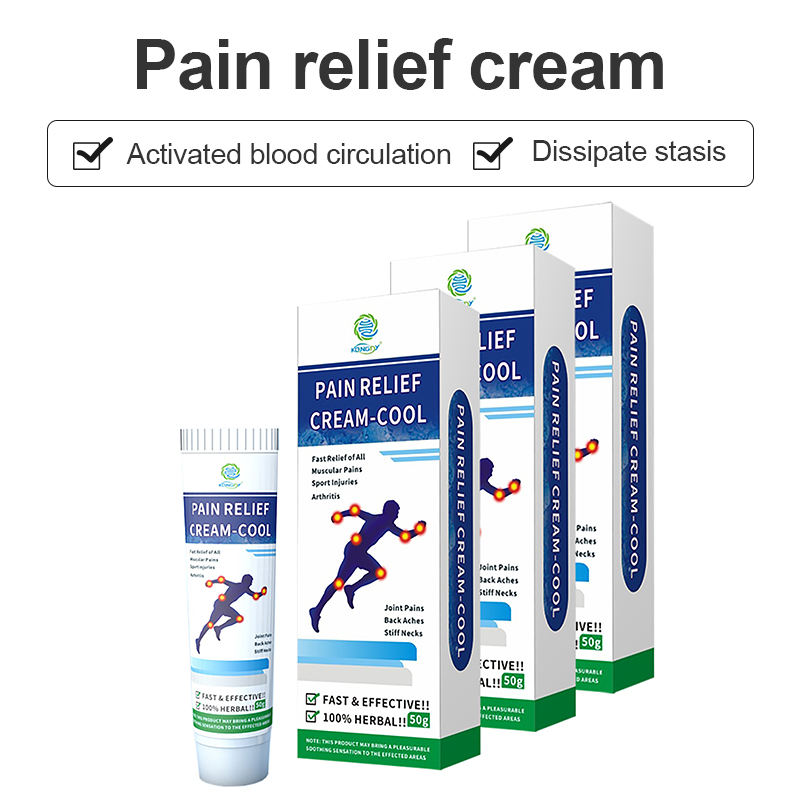As China continues establishing itself as a global leader across high-tech industries, the nation also aims exporting domestically trusted consumer brands overseas. Specifically, producers of popular Chinese over-the-counter pain relief creams now test international waters meeting robust global demand for natural topicals.
Understanding market gaps, regulatory controls and competitive dynamics helps strategize approaches expanding beyond already immense local customer bases. Evaluating early reception in key Western markets also spotlights areas for continued optimization maximizing future adoption abroad of TCM-inspired external analgesic formulas unlocking a multi-billion dollar global opportunity.
- Addressing Biomedicine Biases
Despite gathering interest around integrative Eastern/Western pain remedies, lingering doubts regarding Chinese medicine effectiveness rooted in cultural unfamiliarity has slowed mainstream medical community endorsement especially in Western nations. This creates obstacles for consumers seeking physician guided usage recommendations.
However, modern brands proactively combat these biases by undertaking rigorous clinical trials validating safety and efficacy claims according to standardized practices. Published results in peer-reviewed journals help substantiate capsaicin, menthol, turmeric and other traditional botanical ingredients as science-backed therapeutic alternatives for sore muscles, arthritis and neuropathy.
- Regulatory Hurdles
Each national market maintains unique over-the-counter drug regulations that Chinese exporters must adapt to accordingly. For example, capsaicin concentration thresholds permitted vary widely from 0.25% in Canada to 8% labeled as a medical device within EU member states. Lengthy and costly additional testing is often required achieving local certified registration even for long-standing formulas domestically.
Brands able to harmonize manufacturing and packaging protocols across continents while customizing active ingredient ratios unlock frictionless Free Trade Agreement access to high value pharmacies and consumer healthcare outlets overseas accelerating adoption rates when shoppers encounter validated options meeting localized usage guidelines.

- Formula Optimization
Consumer preferences also guide necessary product adaptations. Western purchasers demonstrate less tolerance for strong heating sensations that override mild analgesic effects for some traditional preparations overly reliant on cinnamon or ginger irritants. Adjusting ratios to emphasize chamomile, arnica and willow bark compounds producing milder comfort align better with expectations for all-day relief suitable sensitive skin types.
Intuitive packaging similarly eases integration into foreign shopper purchasing habits. Convenient roll-on applicators or mess-free push-pump systems protect clothes/furniture transcending slide tin reliance. English labeling and targeted digital marketing content builds trust in imported brands dedicated to harmonizing with new regional consumer pool needs.
While historical familiarity gaps persist, Chinese pharmaceutical developers make encouraging progress sensitizing global pain relief cream markets to the extensive therapeutic potential of traditional Eastern formulas. Prioritizing consumer education and localized compliance builds crucial early trust in overseas newcomers to earn coveted retail shelf space. Meeting universal desires for safe, natural efficacy through calculated product refinements lays foundations for enduring international Chinese OTC drug brands.






